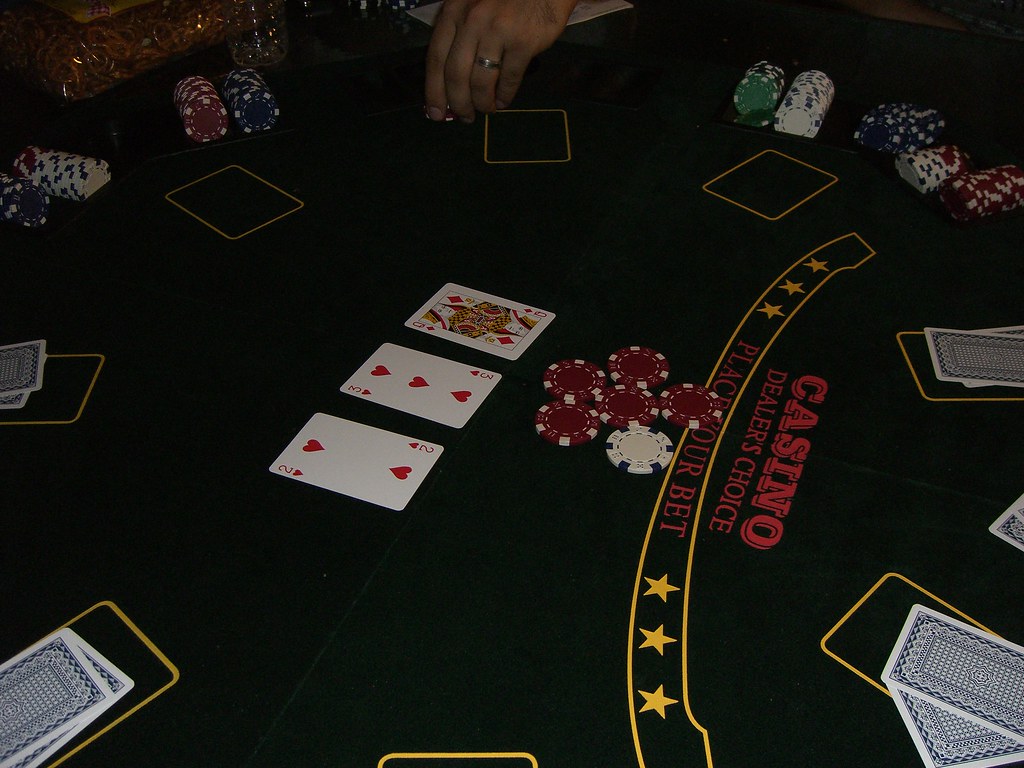In today’s fast-paced, data-saturated poker world, the click of a mouse and the flash of a HUD (Heads-Up Display) often feel like the only paths to improvement. Online players, it seems, have every perk imaginable: multi-tabling, real-time stat tracking, and, most crucially, the effortless ability to save their hand histories into a searchable database. This wealth of digital information allows for an unparalleled depth of study, a luxury that live poker players, for a long time, could only dream of.
But rewind the clock, and you’ll find a different scene, one where the studious player relied on a more analogue approach. Before sophisticated software and instant digital records became commonplace, mastering the game often meant meticulous observation, sharp memory, and, yes, a good old-fashioned pen and paper. These were the tools that transformed fleeting moments at the felt into tangible lessons, allowing players to dissect their game long after the chips had been pushed.
Today, many of these manual methods and the specific ‘scores’ or records they produced might seem quaint, even archaic, rarely spotted amidst the glow of smartphones and tablets at a casino table. Yet, understanding these foundational practices is crucial for appreciating the evolution of poker study. They represent the bedrock upon which modern analytical techniques were built, proving that while the tools change, the fundamental quest for improvement remains timeless. Join us as we explore 13 essential ways poker hand histories were (and sometimes still are) captured and analyzed, delving into the fascinating blend of old-school dedication and cutting-edge insight.

1. **Jotting Down Quick Hands for Later Review**Before dedicated apps or elaborate journals, the most immediate and accessible method for a live poker player to record a crucial hand was simply to write it down. This practice, often done ‘RIGHT after’ the hand concluded, involved quickly scribbling essential details onto any available scrap of paper or even a napkin. It was a raw, spontaneous act of information capture, driven by the desire to prevent a valuable learning opportunity from fading into the mist of memory.
The beauty of this method lay in its simplicity and immediate utility. Imagine a player, perhaps during a brief lull in action or a quick trip away from the table, pulling out a small notepad or even a smartphone to rapidly type a few key points. The goal wasn’t literary perfection, but rather functional recall: just enough detail to reconstruct the hand’s core narrative later. It was a personal shorthand, a secret language between the player and their future, more analytical self.
This immediate transcription contrasts sharply with the seamless digital capture of online play, where every action is logged without a moment’s thought from the player. Yet, the discipline of ‘writing them down RIGHT after’ instilled a heightened sense of awareness at the table. It forced players to identify the most critical moments and variables as they unfolded, honing their observational skills even as they physically recorded the outcome. It’s a testament to the old-school grind, a skill rarely seen in its pure handwritten form at tables today, but one whose spirit lives on in the quick notes taken on modern devices.
Read more about: 15 Powerful Time Management Strategies: What Top Female Tech CEOs and Visionary Leaders Swear By
_and_Carrier_Air_Wing_(CVW)_3_compete_in_a_Texas_Hold_'Em_Poker_tournament_aboard_Harry_S._Truman.jpg/600px-thumbnail.jpg)
2. **Maintaining a Dedicated Live Poker Player’s Journal**Moving beyond the impromptu napkin note, many serious live players embraced the structured discipline of a dedicated ‘Live Poker Player’s Journal.’ This wasn’t merely a place for haphazard scribbles; it was a carefully designed tool, specifically crafted for the purpose of comprehensive hand history recording and post-session review. The journal represented a commitment, transforming the act of note-taking into a ritual of self-improvement.
The concept behind these journals was to provide a minimalist yet effective framework for capturing all the necessary information. Each book, for instance, might feature ’50 hand history charts’ alongside ’40+ pages for keeping track of notes and results.’ Such a structure guided players through the process, ensuring consistency in the details they recorded and facilitating easier analysis later on. It was a physical database, organized by hand, for the most diligent of students of the game.
These journals also came equipped with ‘clear examples showing how to use these charts for quick and powerful usage at the table,’ underscoring the importance of efficiency even in a manual system. The advice was often to ‘Keep yours in your car so you have it ready for your next session!’, highlighting the tangible, ever-present nature of this study tool. While today’s players might reach for an app, the discipline and foresight inherent in maintaining such a journal are enduring lessons for anyone committed to refining their poker strategy.
The very act of physically writing in a journal forced a level of engagement and reflection that digital inputs might sometimes bypass. It was a slower, more deliberate process, allowing for deeper contemplation of each decision and its surrounding context. This tactile connection to one’s game, meticulously recording wins, losses, and crucial moments, built a profound understanding that went beyond mere data points. It cultivated a holistic view of performance, marrying statistical insights with qualitative self-assessment, a truly ‘gone but not forgotten’ method of self-coaching.
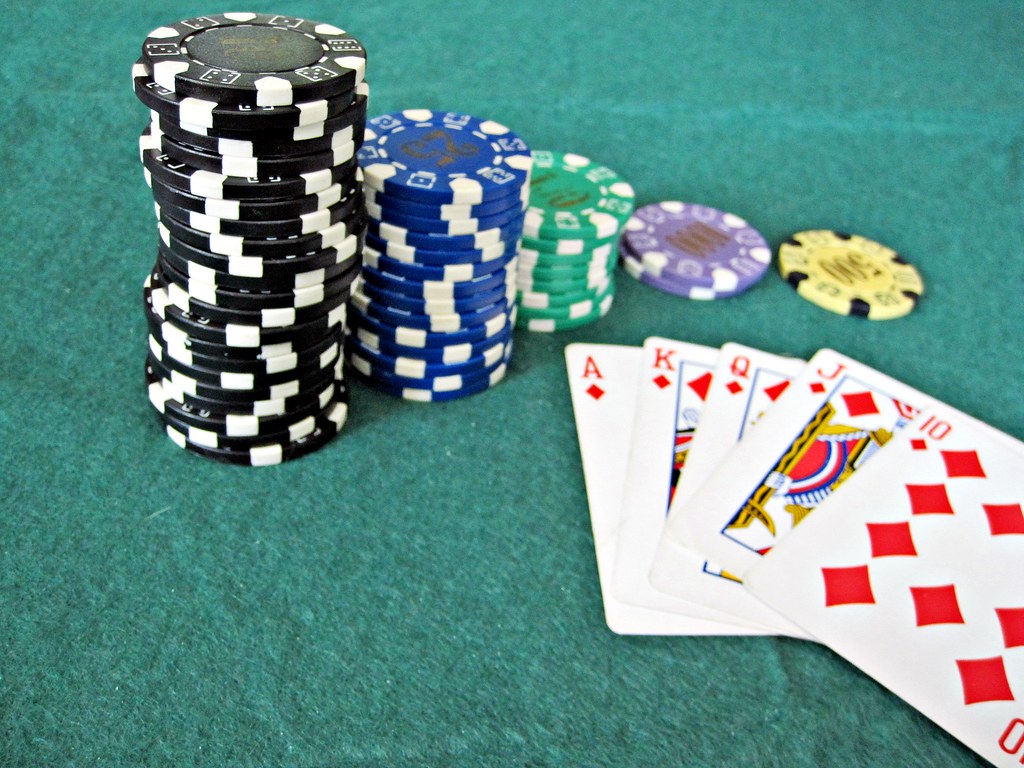
3. **The Art of Essential Detail: Knowing WHAT to Write**One of the biggest challenges for any poker player attempting to record a hand history, especially through manual means, isn’t just the act of writing, but ‘knowing WHAT to write.’ The context clearly states, ‘Some players write down too many details while others forget vital details and get confused when trying to study the hand history the following day.’ This highlights the fine line between insufficient information and overwhelming clutter, a balance crucial for effective study.
The goal was never to transcribe every single action or every minor fold; it was to capture ‘just enough detail so you can review the hand later, but not so much detail that it takes you 12 minutes to finish noting the situation.’ This principle of concise yet comprehensive recording was paramount for handwritten notes, where time at the table was precious and discretion often necessary. A detailed example illustrates this: ‘1/2 NL – Venetian, $250 eff stacks, I open KK from MP to 10, CO (LAG) calls, HU to flop, Js 8h 5h, I cbet 15, he calls, Ac, I check, he checks, 5s, I bet 30, he raises to 75’.
This example demonstrates a mastery of distilling a complex sequence into its core components. As the original author noted, ‘Is it pretty? Nope. Does it get the job done? You bet.’ The focus was on ‘essential information’: stakes, effective stacks, player cards, positions, reads, board cards, and all important actions. Irrelevant details, such as the small blind folding or specific chip counts beyond effective stacks, were deliberately omitted. This disciplined approach ensured that the notes served their analytical purpose without bogging down the player in excessive transcription.
Developing a personal system, where ‘c-c’ might replace ‘I check, he checks’ or ‘i B 30, he R 75’ stands for a bet and raise, was key to maximizing speed and efficiency in handwritten records. This personalized shorthand, while requiring later deciphering, was born out of the necessity to keep pace with live game action. It represents a lost art for many modern players who rely on automated trackers, but the cognitive skill of identifying crucial information quickly remains invaluable, regardless of the recording medium.
Read more about: These “Modern Family” Stars Found Their Real-Life Happily Ever Afters (And Some Had a Few Bumps Along the Way!)
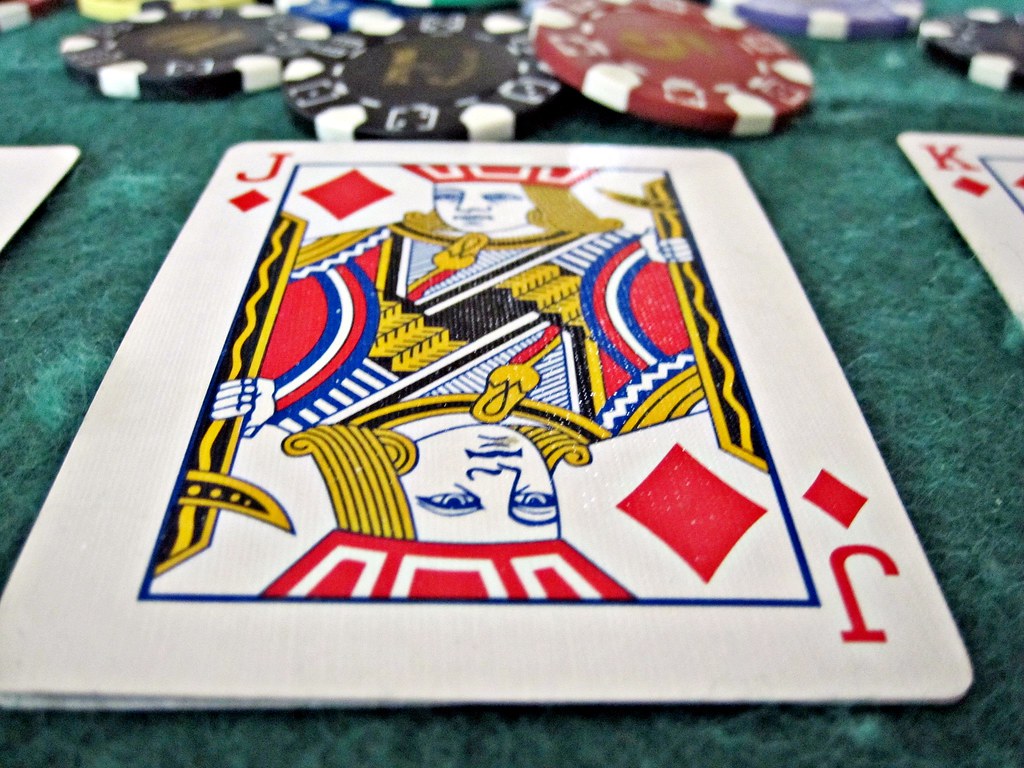
4. **Pinpointing Player Positions in Hand Histories**Among the ‘Everything You Need to Include in Pro-Level Poker Hand Histories,’ player ‘Positions’ stand out as absolutely ‘imperative.’ In the days of manual hand history recording, understanding and accurately noting where each relevant player sat relative to the button was a fundamental requirement for meaningful analysis. Without this spatial context, the strategic implications of preflop and postflop actions could be severely misjudged.
The importance of position dictates everything from opening ranges to betting strategies, making its inclusion non-negotiable for a professional-level record. The context provides the standard shorthand, ‘UTG or EP for first position, MP or LJ for middle position (usually 4 off the Button), HJ (2 from the Button), CO (1 from the Button), BTN for the Button, SB for Small Blind and BB for the Big Blind.’ Learning and consistently applying this terminology was a cornerstone of effective handwritten hand histories, saving time and ensuring clarity during later review.
For the player painstakingly noting down a hand, clarity was paramount. They were instructed to ‘be clear about where you opened from etc.’ and ‘Make sure to state which position your opponents are in.’ This level of detail, meticulously recorded by hand, transformed a simple sequence of bets into a strategically rich narrative. It underscored the understanding that poker is a game of information, and positional advantage is among the most critical pieces of that puzzle, a lesson as old as the game itself and carefully preserved in manual records.
The ability to succinctly label players by their position, for example, simply referring to ‘BTN goes all in,’ simplified complex interactions into digestible notes. This practice, honed through consistent manual recording, meant that even a basic written history contained the strategic backbone necessary for deeper study. It’s a foundational element that persists in digital records today, but its early emphasis through disciplined handwritten methods highlights its timeless significance in poker theory and practice.
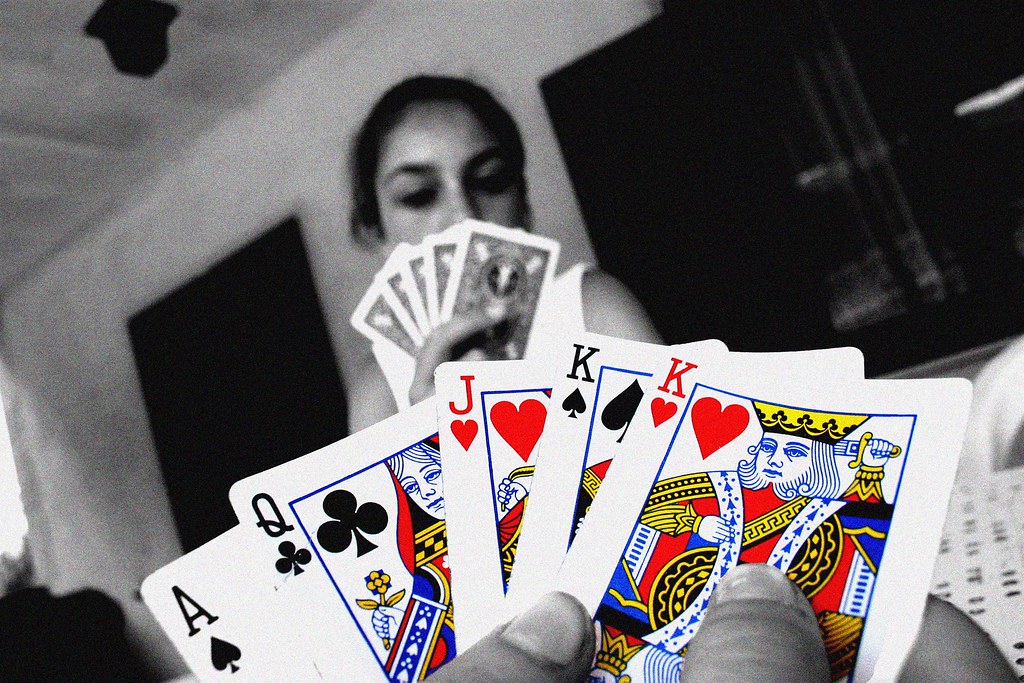
5. **Tracking Stack Sizes in Big Blinds**Another critical piece of information that distinguished a valuable hand history, particularly for serious players relying on manual transcription, was the precise notation of ‘Stack Sizes in Big Blinds.’ The context emphasizes, ‘For the relevant players in the hand, make sure to clarify what the effective stacks are in big blinds (noting if there is a stack asymmetry can be relevant too).’ This detail is far more crucial than raw chip counts for strategic analysis, and its accurate recording was a hallmark of diligent manual effort.
While ‘it’s common in live settings for players to discuss hands using the big blind level and the chip counts,’ the ‘best study practice is to discuss hand histories in big blinds.’ This meant that players committed to improving their game, especially through handwritten records, had to perform a mental conversion or quick calculation to record stack sizes in this standardized format. Instead of ‘They raised from EP to 2400 at the 1200 level,’ a more analytical note would be ‘They opened to 2bbs’.
The disciplined inclusion of stack sizes, and the subsequent need to ‘restate stack sizes on each street as the pot size increases and stacks shrink,’ added a layer of complexity to manual recording. It wasn’t enough to note initial stacks; the dynamic nature of the game demanded updating these crucial figures throughout the hand. This painstaking attention to detail, meticulously tracked with pen and paper, ensured that the handwritten record provided a true reflection of the constantly evolving strategic landscape, a discipline that continues to be vital for effective game review, whether manual or digital.
Understanding the relative stack sizes in big blinds allows for universal strategic discussion, transcending the specific chip denominations of any given game. This abstraction, critical for deep game theory, was a deliberate choice for those constructing handwritten histories for serious study. It exemplifies how manual records, despite their limitations, laid the groundwork for the analytical rigor that defines modern poker coaching and self-improvement.
Read more about: Your Baby’s First Year: A Comprehensive Insider’s Guide to Milestones, Growth, and Support
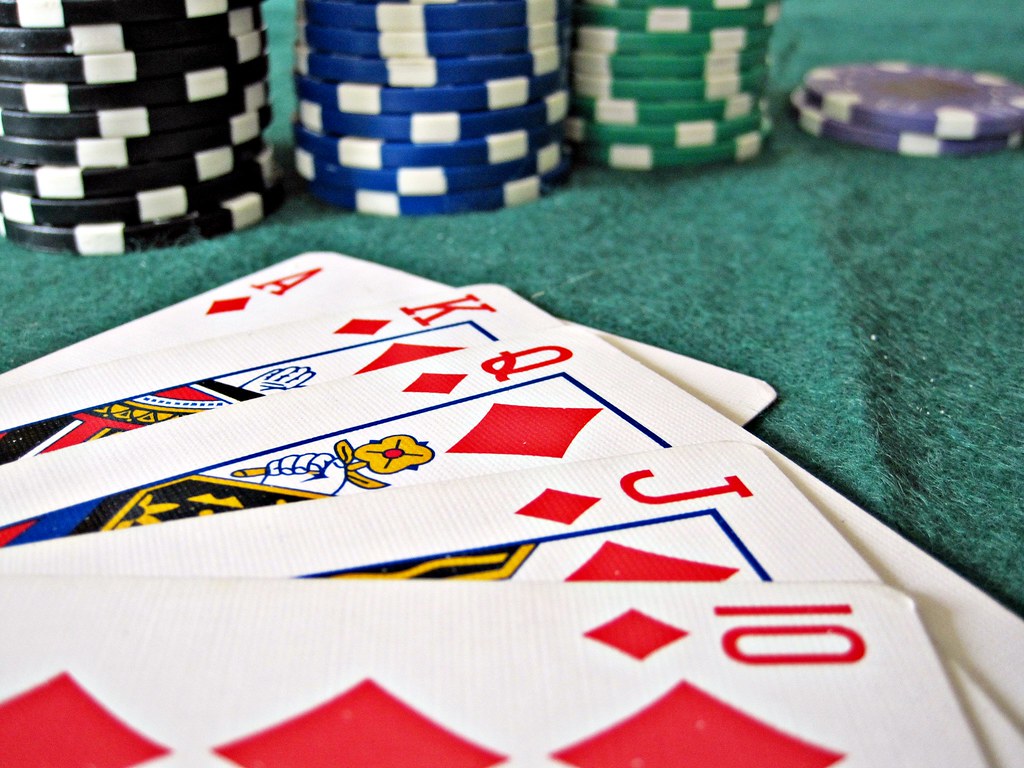
6. **Precisely Detailing the Action & Runout**At the heart of any hand history, whether handwritten or digital, lies the ‘Detail the Action & Runout.’ This encompasses the complete narrative of the hand, from the initial betting rounds to the final river card. For players meticulously constructing handwritten records, capturing every significant bet, raise, call, and fold, along with the progression of the board, was a painstaking but essential task that brought the hand back to life for review.
The directive was clear: ‘If you open and your opponent re-raised, make sure to include what bet size they re-raised to.’ Furthermore, when documenting the communal cards, ‘Also when recounting the runout, make sure to include the suits in your hand and on the board.’ These specifics were not mere embellishments; they were crucial for understanding potential flush draws, block betting opportunities, and the overall texture of the board. Neglecting suits, for instance, could lead to a flawed analysis of a hand’s equity or an opponent’s range, making careful manual notation indispensable.
Another subtle but important detail in detailing the runout, particularly for manual notation, was to ‘always say the high cards first. It’s Ace-King not King-Ace. It’s 54 suited, not 45 suited. The flop was A52 rainbow or “r”, not 5A2r.’ This seemingly minor point speaks to the broader need for standardization and clarity in handwritten records. Such conventions, while easily overlooked by automated systems, were vital for making manual notes intelligible and universally understood by anyone reviewing them, including oneself weeks later.
The sheer effort involved in meticulously detailing every street’s action and the exact runout, complete with suits and standardized card order, underscores the dedication of players who relied on handwritten methods. This level of granular detail, painstakingly recorded, allowed for deep strategic dives into previous hands. It cultivated a keen eye for the evolving narrative of a poker hand, a skill that remains paramount even with the advent of instant digital replays.
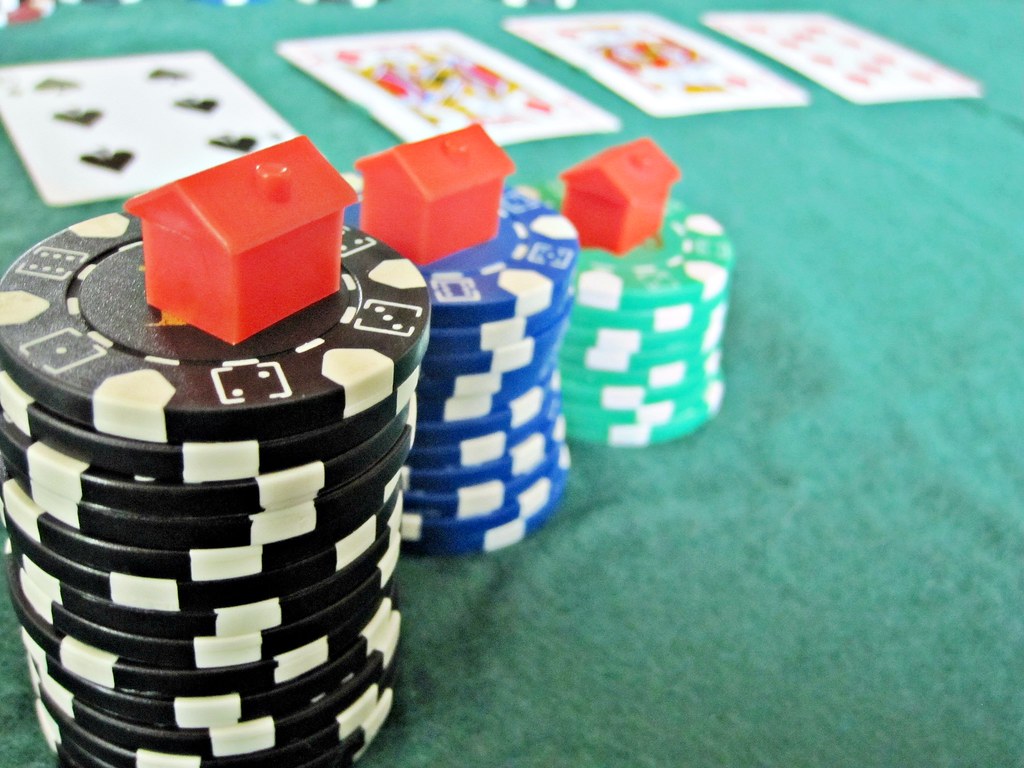
7. **Beyond the Cards: Capturing Previous History, Meta, and Reads**While the cards and betting actions form the skeleton of a hand history, the ‘Previous History, Meta, Reads’ provide its flesh and blood. These qualitative observations, often subjective but profoundly impactful, were critical additions to any ‘pro-level’ hand history, and their capture often relied heavily on a player’s memory and subsequent manual notation. Since reviewers ‘were usually absent when your hand took place, it’s important to include any additional information like history with the villain, any reads you may have had, or anything that you thought was relevant at the time’.
Such contextual information elevates a simple sequence of events into a richer, more strategically nuanced narrative. A handwritten note might include insights like, ‘some people will raise “any two” during the last hand before break if it seems like the players are antsy to stand up and leave.’ If a player then engages in a hand against someone with this known tendency, noting it becomes an indispensable part of the record. These meta-observations are the insights that often differentiate winning players from those who merely understand basic strategy, offering a window into the psychological warfare of poker.
Recording these ‘reads’ or ‘meta’ points required acute observation during play and a disciplined effort to transcribe them into the hand history, often immediately after the hand. They couldn’t be automatically logged by software; they had to be perceived and interpreted by the player. This individual, often handwritten, distillation of table dynamics and opponent tendencies was a key component of building a comprehensive mental and physical database of information, far beyond what simple numerical data could provide.
The integration of these qualitative insights into handwritten hand histories fostered a holistic approach to game analysis. It acknowledged that poker is as much about people as it is about probabilities. This emphasis on human observation and its diligent recording is perhaps one of the most ‘gone but not forgotten’ aspects of manual poker study, reminding us that even in an age of algorithms, the human element, and the ability to interpret it, remains paramount.
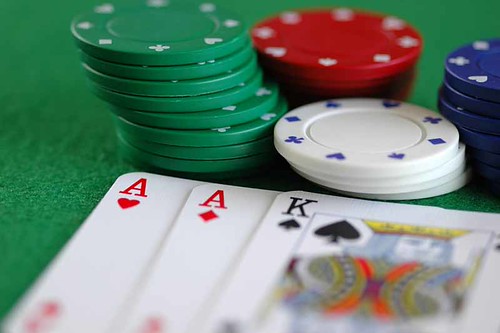
8. **The Inner Game: Recording Your Own Thought Process**Beyond merely chronicling the sequence of bets and calls, the truly dedicated poker player recognized the profound importance of documenting their own mental journey through a hand. This often-overlooked practice involved consciously noting “your thoughts” as the action unfolded. It was a crucial step for anyone seeking genuine improvement, transforming a simple record into a powerful self-coaching tool.
Recording your thought process was vital because it allowed for a deeper layer of analysis. It wasn’t enough to know *what* you did; understanding *why* you did it was paramount. This introspection helped players and, more importantly, any coach reviewing the hand, to pinpoint the rationale behind each decision, revealing the internal logic that guided their play.
This meticulous self-assessment could expose situations where a player “might have come to the right answer for the wrong reasons.” Perhaps a correct fold was made, but not because of a nuanced read, but rather pure luck. Documenting thoughts helped distinguish between good process and good outcome, fostering a more robust and sustainable path to improvement. It’s a level of self-awareness that manual methods uniquely encouraged.
In an era where every action wasn’t automatically logged, the discipline of pausing to articulate one’s internal monologue was a testament to a player’s commitment. This practice, while seemingly simple, elevated hand histories from mere factual reports to comprehensive strategic blueprints. It’s a reminder that the best analysis starts not just with the cards, but with the mind behind them.
Read more about: Unlock Your Financial Potential: A Practical Guide to 10 Budgeting Methods That Will Transform Your Money Habits
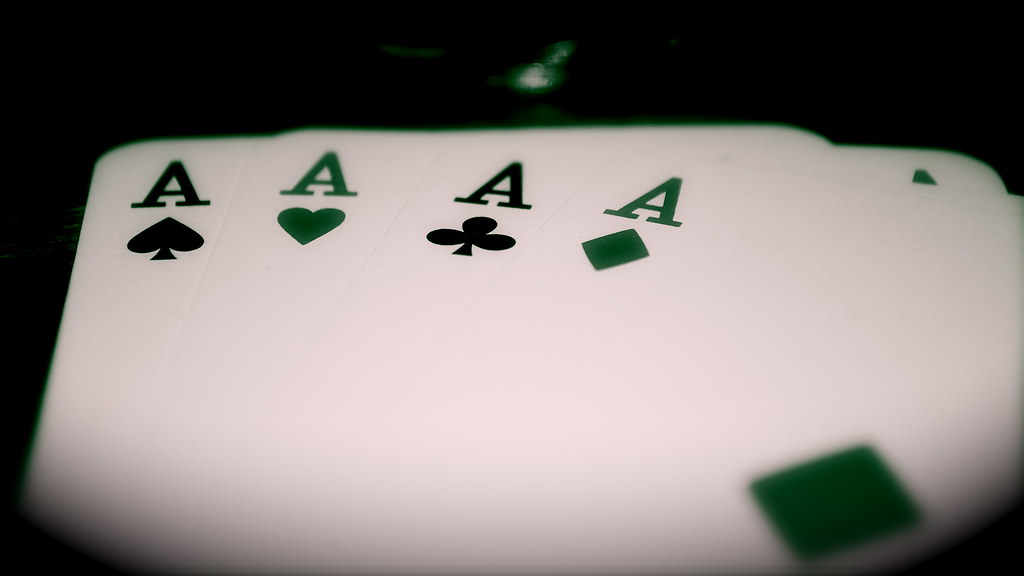
9. **Language of the Table: Mastering Standardized Poker Hand History Syntax**Imagine trying to decipher a cryptic message written in a forgotten tongue – that’s what an unstructured hand history can feel like. To truly elevate their game and engage in meaningful discussions, serious players meticulously mastered a standardized “poker hand history syntax.” This wasn’t just about neatness; it was about efficiency, clarity, and demonstrating a professional approach to the game.
The goal of this syntax was to “save you and your listeners time” by presenting all vital details upfront. It included starting with the “Effective Stacks” (e.g., “We’re playing 50bbs effective”), followed by detailed “Preflop Action” with position, hole cards, and precise bet sizes. A concrete example from the old school might read: “CO opens to 2bb. From the BTN, I re-raise (or 3bet) to 6.5bb with KdQc. Folds back to the CO who calls.”
As the hand progressed, the syntax dictated summarizing “Pot Size and Effective Stacks” on each street (e.g., “So now the pot with the blinds and antes is 15.5bb and have 43.5bbs behind”). The “Flop with Suits and Detailed Action” was then recounted, often interwoven with “your Thoughts,” as in: “The flop is Tc6c4d. The CO checks. The board seemed dry enough to range bet and having the Qc is nice so I bet 4bb (Just over 25% pot). CO folds.” This precise narration continued through the turn and river, painting a complete picture.
Mastering this formal syntax not only streamlined personal review but also facilitated more productive discussions with peers or coaches. By providing “all the details in a clear manner from the outset,” players could “avoid a lot of unnecessary questions.” It garnered respect from those whose game you admired, affirming that “it’s getting things like this right that add up in a poker player’s career. The little things count.”
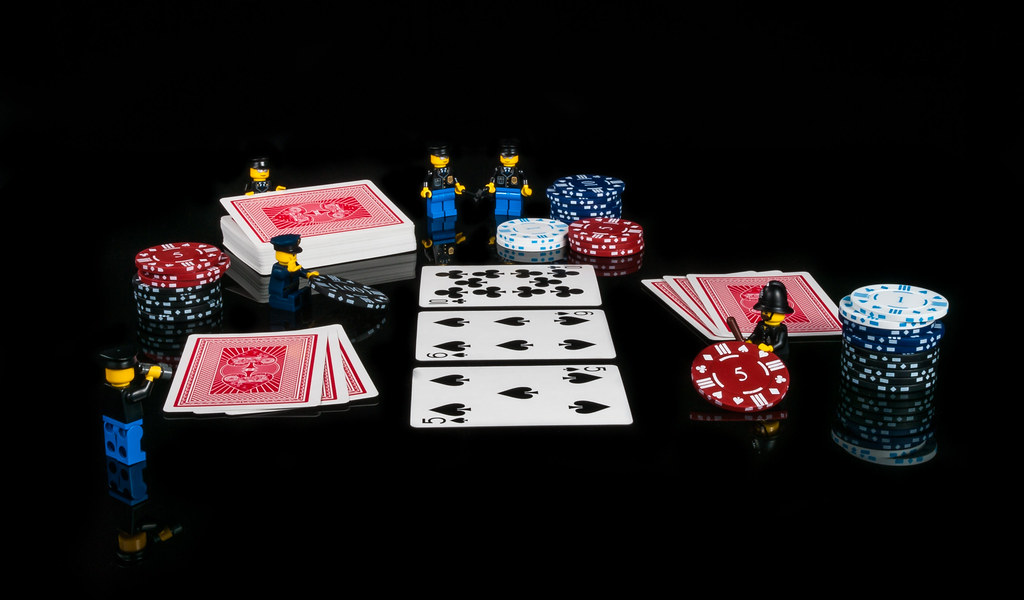
10. **The Unreliable Echo: The Old Way of Unstructured Retelling**Before the advent of rigorous note-taking systems, both manual and digital, there was a far less effective, though certainly more common, method of recounting poker hands: the unstructured retelling. You’d often hear it during breaks, in line for a coffee, or during casual chatter at a live stop. Players, eager to share their “bad beats” or seek validation, would spin tales of their recent exploits, often with disastrous results for any meaningful analysis.
These informal retellings were, to put it mildly, “absolutely brutal” in terms of quality. They were typically filled with vague details, missing crucial information, and heavily colored by the narrator’s emotional state. The classic example provided perfectly illustrates this: “So I raise with pocket queens and the guy re-raises me. He’s pretty tight, so I call. Flop is ace something something. He bets again and I call. He bets on the turn again, I call. On the river, he goes all in. Have to fold right?”
Notice the glaring omissions: “ace something something” for the flop, no suits, no exact bet sizes, no precise positions, and a complete lack of effective stack depths. This narrative, while perhaps a good-faith attempt, provides virtually no actionable intelligence for strategic review. It’s a story, not a hand history.
This “Cool story, Hansel” approach highlights why structured recording became so necessary. Without the discipline of writing down key elements, hands would quickly fade into an “unreliable echo” of memory. This old way, so prone to confusion and inefficiency, is thankfully a practice largely “gone but not forgotten” in the pursuit of genuine poker improvement.
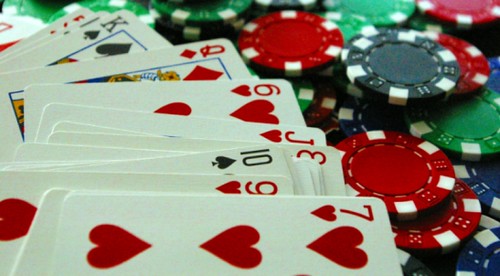
11. **The Guiding Principle: The Enduring Concept of Saving Hands for Later Review**At the very core of all the methods we’ve discussed, from handwritten notes to sophisticated apps, lies one timeless and “enduring concept”: the necessity of saving hands for later review. This isn’t merely a suggestion for serious players; it’s a “guiding principle” that underpins all meaningful poker improvement. The game, after all, is too complex to be mastered solely in the heat of the moment.
Whether through meticulous scribbles in a journal or the effortless digital capture of an online session, the overarching goal remains the same: to create a tangible record that can be revisited. “Knowing how to save live hand histories for later review can greatly benefit your game,” the experts tell us, transforming fleeting decisions into educational opportunities. It’s the critical bridge between playing and truly learning.
However, recording hands is only half the battle. The context makes it abundantly clear: “you actually need to study it later to get the full use out of the exercise!” It’s a stark warning that “Writing down a bunch of hands and never reviewing them later is just as useless as going to study and realizing you’ve forgotten all of those awesome hand histories.” The act of review is where the magic happens.
This fundamental practice “helps players improve by analyzing past decisions, understanding opponent tendencies, and refining strategies.” It’s the “best practice” to “regularly review your hand histories to identify patterns in your play and adjust strategies accordingly,” ensuring continuous growth. This core principle transcends eras and technologies, proving its timeless value in the ongoing quest for poker mastery.

12. **Digital Evolution: The Immediate Shift to Smartphone Note-Taking**While we’ve celebrated the tactile charm of pen-and-paper, the undeniable reality of the 21st century poker table is the “digital evolution” spearheaded by the ubiquitous smartphone. We truly “live in a beautiful world with technology at our fingertips 24/7,” and smart players quickly realized they could “use it to improve our poker game” by shifting their note-taking to these pocket-sized powerhouses.
The convenience is unparalleled. “Since pretty much every single person reading this has a smartphone, it’s incredibly easy to take notes and write down messages at the tables.” The beauty of it is the discretion; “When done well, the other players at the table won’t know if you’ve just noted a hand history or responded to a text from your wife.” This subtle capture allows for immediate documentation without disrupting the flow of the game.
Jotting down quick hands is now often a digital affair. Players can utilize “a free notepad, or even just send yourself an email with the hand history in the message.” Some even prefer cloud services like Google Drive for note-taking, ensuring “everything is synced when I return to my laptop later.” The key is finding “a method that works well for you” to quickly record and later retrieve these vital game moments.
Beyond basic notes, a new frontier opened with dedicated apps. The context mentions Android users benefiting from “an app like Poker Agent,” which offers not just hand history recording but also bankroll monitoring and an “equity calculator.” This immediate shift to digital tools has empowered live players with analytical capabilities that were once exclusive to the online realm, bringing a new era of precision to the felt.
Read more about: 15 Game-Changing Startups Revolutionizing Healthcare in 2025: An Inside Look at the Future of Wellness

13. **The Ultimate Goal: The Necessity of Studying Recorded Hands**We’ve journeyed through various methods of capturing poker hands, from hasty scribbles to sophisticated apps, but all these efforts converge on one “ultimate goal”: the absolute “necessity of studying recorded hands.” Without diligent review and analysis, even the most perfectly transcribed hand history is nothing more than inert data, a missed opportunity for growth.
As the experts unequivocally state, “Hand history is the foundation of poker analysis, providing detailed information to study every aspect of the game.” It’s the raw material from which insights are forged, allowing players to create comprehensive “reports to evaluate their strategy” based on “all played hands, their results and important parameters.” This treasure trove of data is where true improvement begins.
Modern tools, fueled by these recorded histories, unlock powerful “key analytical features.” The “Hand replayer” allows players to vividly “review played hands, analyze decisions made and find mistakes to adjust your strategy.” Imagine replaying a lost pot to “identify at what stage of the game the mistake occurred,” preventing future missteps. Furthermore, “Leakfinders in trackers” like Holdem Manager and Hand2Note actively “help identify weaknesses” such as “incorrect bets or bad decisions on the flop,” for both your own game and that of others.
For professionals, “using hand history and leakfinders is a chance to improve your game and increase your win rates.” This constant cycle of playing, recording, analyzing, and adjusting is what separates the merely good from the truly great. “Each analysis allows you to not only identify weaknesses in your strategy, but also understand how to improve your decisions based on your competitors’ actions.” These features are no longer luxuries; they are “an integral part of the game for those who want to improve their results with each session.”
From the rough scratchings on a napkin to the sophisticated databases of today, the journey of recording poker hand histories is a fascinating testament to human ingenuity and the relentless pursuit of mastery. While many of the purely handwritten methods may be “gone but not forgotten” from our casino tables, the spirit of meticulous observation, diligent record-keeping, and strategic analysis they embodied lives on. Whether you’re a seasoned pro or an aspiring newcomer, understanding these historical practices, and embracing their modern digital counterparts, is your roadmap to a sharper, more profitable game. So, next time you’re at the felt, remember these lessons – because the hand you record today could be the key to unlocking tomorrow’s success!


